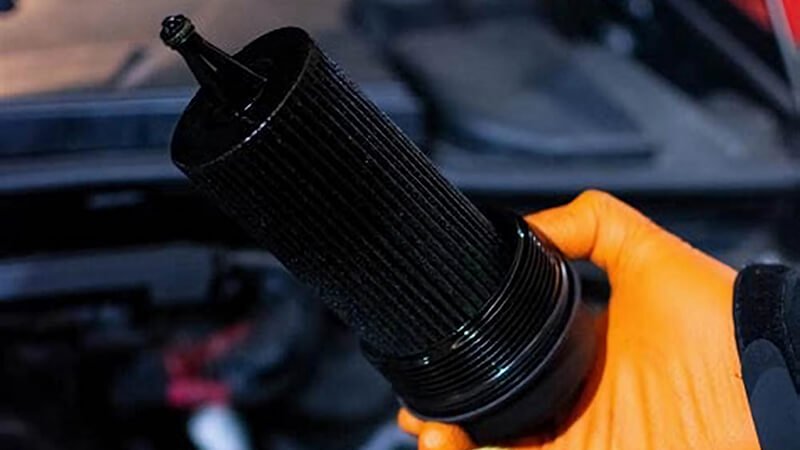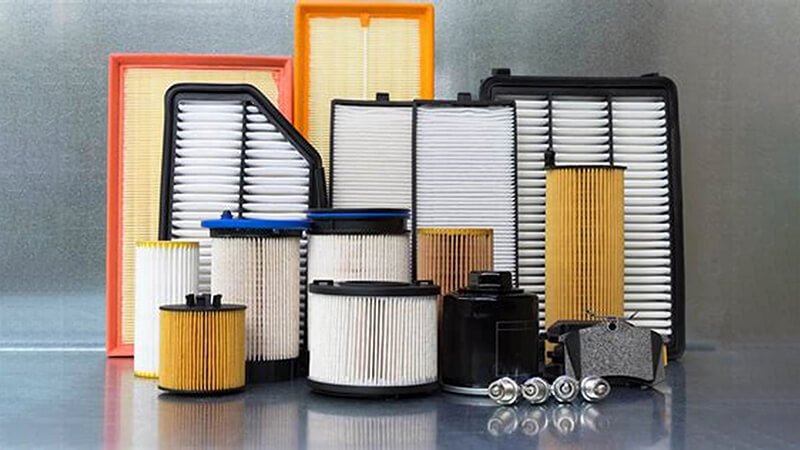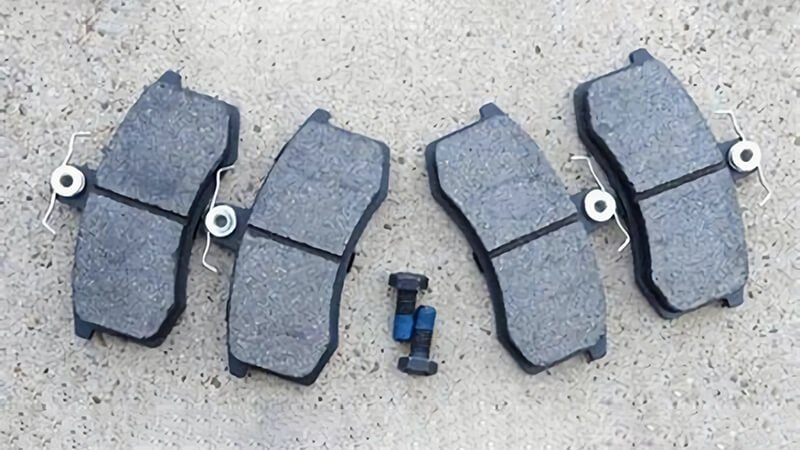I see this problem often after routine oil service. A leak starts small, then grows. It stains the driveway. It also risks engine damage. The good news is simple. Most leaks come from a few avoidable mistakes.
Yes. An oil filter change can cause a leak if the gasket is wrong, dirty, double stacked, over-tightened, or under-tightened. A wrong filter can also mismatch threads or seal size. I prevent these with correct parts, clean seats, and proper torque.
I want you to keep the car safe and clean. So I will show what causes leaks, how to prevent them, and what to check first. I will also tie each point to Runex oil filter features. This helps you fix the leak and avoid it next time.

Why is my oil leaking after changing the filter?
I know the stress when a fresh oil change drips. It feels like something big is wrong. It is usually not. It is usually a seal issue or a fit issue. I solve it in minutes when I follow a checklist.
Oil leaks after a filter change usually come from a bad seal. The causes are a stuck old gasket, a dirty or scratched mounting pad, a dry gasket, wrong torque, or a wrong filter size. I fix it by cleaning, re-seating, and using the correct Runex filter.
Dive deeper
I like to use a simple path. I start with the gasket. I check the seat. I confirm the part. I re-torque with care. I then run and re-check. I also use features that reduce risk. The Runex oil filter1 design helps here. The gasket material2 is high grade. The threads are cut with tight tolerance. The anti-drainback valve keeps oil in place. The bypass valve holds safe pressure. These features give me more room for error, but I still follow process.
The 6-step check I use
- I shut the engine off. I let the oil drain back.
- I wipe the filter and housing. I look for a wet line from the base.
- I remove the filter. I check the old gasket. I make sure it is not stuck on the pad.
- I clean the pad with a lint-free cloth. I feel for nicks. I reject a damaged pad.
- I oil the new gasket. I hand-tighten until the gasket kisses. I turn 3-4 turns per spec.
- I start the engine. I check for a weep at idle and at 2,000 rpm.
What the Runex oil filter changes
- Gasket: Runex uses molded nitrile or silicone. The seal holds shape under heat. It resists hardening.
- Threads: Runex cuts threads with tight tolerance. Cross-thread risk goes down.
- ADBV: The silicone anti-drainback valve3 stays flexible in cold. It reduces dry starts and sudden pressure spikes that can push a weak seal.
- Bypass: The calibrated valve opens at the rated pressure. It prevents overpressure that could force oil past a thin seal.
Simple failure modes, simple fixes
- Double gasket: I remove the extra gasket and reinstall. Leak stops.
- Dry gasket: I lubricate and re-torque. Leak stops.
- Over-tighten: I may deform the gasket. I replace the filter and torque to spec.
- Wrong size: I install the correct Runex part. Leak stops.
- Scratched seat: I smooth if minor. If severe, I replace the adapter.
Here is a quick map that I use at the shop:
| Symptom | Likely cause | Check | Fix |
|---|---|---|---|
| Ring of oil at base | Double gasket | Look for old gasket on pad | Remove old gasket, reinstall |
| Drip at idle | Dry or pinched gasket | Gasket condition | Oil gasket, re-torque |
| Spray under rev | Overpressure or wrong bypass | Filter spec vs engine | Use correct Runex spec |
| Slow seep overnight | Seat not clean | Wipe pad, inspect | Clean pad, reinstall |
| Threaded area leak | Cross-threaded | Thread feel | Replace filter, inspect stud |
I also remember a client case. A client saw spots under the car after a quick change. I found the old gasket stuck to the pad. The new filter had made a double gasket. I removed the old ring. I installed a new Runex filter with an oiled gasket. The leak stopped at once. The driveway stayed clean.
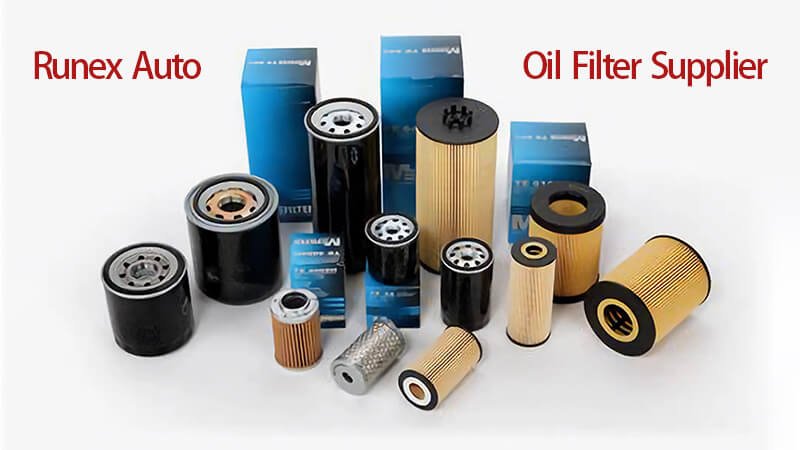
Can a wrong oil filter cause an oil leak?
I hear this question a lot. The short answer is yes. A wrong filter can look close. The thread can fit. The diameter can look right. The gasket can almost seal. But almost is not enough. It will leak sooner or later.
A wrong filter can leak due to mismatched gasket diameter, thread pitch, or bypass pressure. It may seal at first, then leak under heat or load. I prevent this with exact cross-reference and by using Runex filters with OE-matched specs and test reports.
Dive deeper
I treat fit like a system. A filter must match four things. The threads must match pitch and diameter. The gasket must match outer and inner diameter. The height must clear the space. The bypass valve4 must match the engine oiling needs. If any of these miss, the risk rises. Many leaks start only after a hot drive. Heat softens a gasket. Pressure rises on a cold start. A weak seal lets oil out. A wrong bypass value can hold too much pressure across the media. The oil finds the easy path. That path can be the gasket lip.
Runex helps me avoid this trap. Our database maps OE numbers to Runex part numbers5. We include cross numbers for major brands. We mark gasket diameters6, thread pitch, height, bypass pressure, and ADBV material. I can check three fields and avoid a mismatch. I also like the tolerance on the gasket. The molded edge lands right on the pad. It does not creep. It does not roll.
I also use a habit. I lay the old filter next to the new one. I compare thread, gasket OD, and height. I do not guess. If the old filter was wrong, I use VIN lookup7 or OE part. I also check for regional variants. Some engines use two bypass specs across years. I pick the one the OE lists for that VIN.
Here is how I compare a candidate filter:
| Parameter | What I check | Runex support |
|---|---|---|
| Thread pitch and diameter | Exact match to OE | Spec sheet and laser mark |
| Gasket OD and ID | Within 0.5 mm of OE land | Molded gasket tolerance |
| Filter height | Clears and does not contact | Dimensional drawing |
| Bypass pressure | Matches OE kPa range | Test report per ISO 4548 |
| ADBV material | Silicone for cold climates | Material callout by region |
If I get a car from a cold area, I pick silicone ADBV. If the OE calls for 12 to 14 psi bypass, I do not accept an 8 psi unit. If the gasket OD is off by 2 mm, I reject it. This sounds strict. It saves engines. It also avoids leaks.
When the part is right, the install becomes easy. It seals with low torque. It stays dry after heat cycles. It does not seep overnight. The customer trusts the service. I trust the part.

What is the most common cause of an oil leak?
People think about head gaskets and pans. Those can leak. After a filter change, the most common cause is simple. It is a gasket issue at the filter. This is good news. It is easy to fix.
The most common cause after a filter change is a gasket problem at the filter base. The old gasket sticks, the seat is dirty, or the torque is wrong. I use a clean pad, a lubricated gasket, and the right Runex filter to stop it.
Dive deeper
I like to rank causes by how often I see them. The top is the double gasket. The second is a dry gasket8. The third is over-tightening9. The fourth is a dirty seat. The fifth is a wrong filter10. Each one ties back to the seal. The seal is a simple ring. It must sit flat. It must be soft enough to flow. It must be strong enough to hold. It must see even load.
I rely on design to help me. Runex uses a molded bead that centers the seal. The bead helps the gasket set fast with low hand torque. The gasket material has the right durometer. It flows into small surface marks. It holds shape after heat cycles. The ADBV keeps oil in the filter when the engine is off. This reduces dry starts. Dry starts can shock a weak seal. The bypass valve protects the media in cold starts. That protects the seal too.
I also watch for base plate issues. A scratched pad can cut a gasket. A bent stud can tilt the filter. A deformed can from a previous tool can mis-seat. In these cases, I replace damaged parts. I never force a seal. If I need a wrench for final torque, I stop and check.
I use this quick ranking table in my notes:
| Rank | Cause | How it leaks | Field fix |
|---|---|---|---|
| 1 | Double gasket | Oil escapes between gaskets | Remove old gasket, new filter |
| 2 | Dry gasket | Seal does not set, micro-seep | Oil gasket, re-torque |
| 3 | Over-tighten | Gasket deforms, edge lifts | Replace filter, torque to spec |
| 4 | Dirty seat | Debris makes leak path | Clean pad, reinstall |
| 5 | Wrong filter | Mismatch in size or bypass | Correct Runex part |
I follow a habit every time. I remove the old filter. I confirm the old gasket came off. I clean the pad. I oil the new gasket with fresh oil. I hand-tighten. I go 3-4 turns after contact per spec. I wipe the area. I run the engine. I check twice. I log the Runex part number and lot code. That record gives me traceability. It also proves that I used a certified filter.
I also remember that story from earlier. The double gasket11 leak looked bad. The fix was simple. It took five minutes. It saved the engine. It saved the day.

How long can I drive without changing my oil filter?
I get why people delay a filter change. Schedules are tight. The engine still runs. The dash light is off. But the risk grows. The filter media loads with soot and metal. The bypass opens more often. The oil carries debris. The wear rises.
I do not drive past the oil change interval. Most engines need a new filter every oil change. This is 5,000 to 10,000 km for conventional oil and up to 15,000 km for approved synthetics. I use a Runex filter matched to the oil and the engine.
Dive deeper
I like to keep it simple. I change the filter with the oil. The filter costs little. The engine costs a lot. The media loads with particles. The capacity depends on the engine, fuel, and duty. Short trips load more water and fuel. Direct injection adds soot. Turbo engines shear the oil. Towing runs hot. These push the filter harder. A long interval can open the bypass more often. The oil then flows unfiltered. It still lubricates. It carries more grit. Wear rises. Seals and rings face that grit. The turbo sees it too.
Runex rates filters to OE standards. We test per ISO 454812 for efficiency and capacity. We offer 95 percent at 30 microns typical, and higher for extended service lines. We use steel caps where the OE calls for them. We use epoxy bonding for pleats. We proof test the can burst pressure. We proof the ADBV opening at low temps. We publish bypass settings13. These details let me pick the right filter for the interval.
If I plan a longer oil interval with approved synthetic oil14, I match the filter to that plan. I choose a Runex extended service15 variant. It uses higher capacity media. It holds more debris. It keeps the delta pressure lower for longer. It keeps the bypass closed more of the time. That keeps the engine cleaner.
Here is a simple guide I share:
| Vehicle use | Oil type | Filter type | Change interval |
|---|---|---|---|
| Normal mixed driving | Conventional | Runex OE-spec | 5,000 to 7,500 km |
| Highway mostly | Synthetic blend | Runex OE-spec | 7,500 to 10,000 km |
| Long highway, light load | Full synthetic (approved) | Runex extended service | 10,000 to 15,000 km |
| Towing or dusty roads | Full synthetic | Runex high capacity | 5,000 to 8,000 km |
| Short trips, cold climate | Full synthetic | Runex silicone ADBV | 5,000 to 7,500 km |
I also plan by season. Winter in the UK can be cold and damp. I pick silicone ADBV to keep the seal flexible. I pick the right bypass. I never chase a long interval without proof. I check the oil for fuel dilution and soot when possible. I listen for valve noise on cold start. If I hear it, I shorten the interval and I check the filter.
I end with cost. A filter is cheap. A bearing is not. I change the filter with the oil. I sleep well.
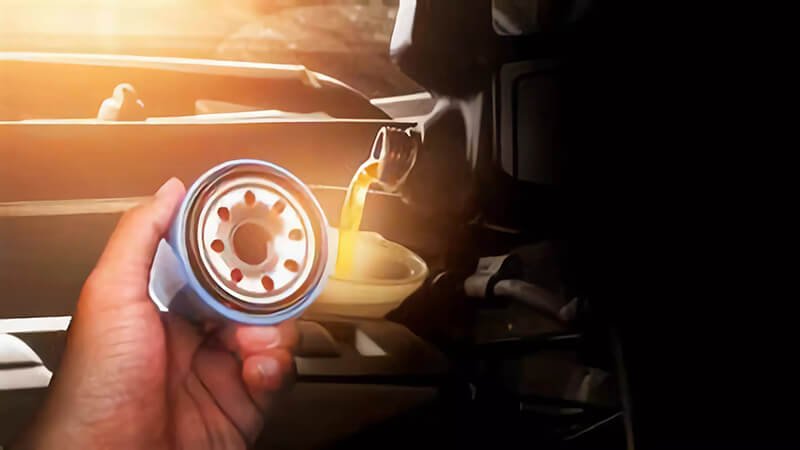
Conclusion
I can stop almost every post-change oil leak with a clean seat, the right filter, a lubricated gasket, and proper torque. I also choose filters with OE-matched specs and strong seals. Runex oil filters16 give me that mix. They add a silicone ADBV option, tight threads, and a stable gasket. I pair that with a simple process. The engine stays dry. The customer stays confident.
-
Explore the advantages of Runex oil filters, including their unique design features that enhance performance and reliability. ↩
-
Discover the best gasket materials for oil filters and how they impact sealing and performance under various conditions. ↩
-
Learn about the function of anti-drainback valves and how they prevent dry starts, ensuring better engine protection. ↩
-
Understanding the role of a bypass valve can help you ensure optimal engine performance and prevent leaks. ↩
-
Exploring Runex part numbers can help you find the right components for your vehicle efficiently. ↩
-
Accurate measurement of gasket diameters is crucial for preventing leaks and ensuring a proper fit. ↩
-
A VIN lookup can provide essential information about your vehicle's specifications, ensuring you choose the correct parts. ↩
-
Learn effective methods to address dry gaskets and maintain engine performance. ↩
-
Discover the risks of over-tightening and how to avoid costly repairs. ↩
-
Choosing the correct oil filter is crucial for engine health; explore tips to make the right choice. ↩
-
Understanding double gasket leaks can help prevent engine damage and ensure proper maintenance. ↩
-
Learn about ISO 4548 standards to understand how they ensure oil filter performance and reliability. ↩
-
Understand the significance of bypass settings in maintaining engine cleanliness and filter efficiency. ↩
-
Discover the benefits of synthetic oil for engine performance and longevity. ↩
-
Explore the advantages of Runex extended service filters for longer oil intervals and better engine protection. ↩
-
Find the best auto oil filter from Runex Auto. ↩








